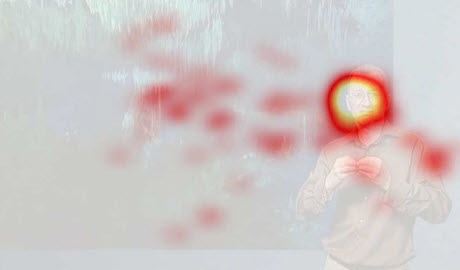Majid Mirmehdi, Xianghua Xie, Ronghua Yang
 Active contour models, commonly known as snakes, have been widely used for object localisation, shape recovery, and visual tracking due to their natural handling of shape variations. The introduction of the Level Set method into snakes has greatly enhanced their potential in real world applications.
Active contour models, commonly known as snakes, have been widely used for object localisation, shape recovery, and visual tracking due to their natural handling of shape variations. The introduction of the Level Set method into snakes has greatly enhanced their potential in real world applications.
Since 2002, we have developed some novel active contour models. The first one aims to bridge (image gradient) boundary based approach and region-based approach. In this work, a level set based geometric snake, enhanced for more tolerance towards weak edges and noise, is introduced. It is based on the principle of the conjunction of the traditional gradient flow forces with new region constraints. We refer to this as the Region-aided Geometric Snake or RAGS. The image gradient provides local information of object boundaries, while the region information offers global definition of boundaries. In this framework, the region constrains can be conveniently customerised and plugged into the snake model.
The second model, called Charged Contour Model (CCM),is a migration of Charged Particle Model (CPM) into the active contour framework. The basic idea is to introduce particle dynamics into contour based deformable models. CCM performs better than CPM in the sense that it guarantees closed contours, i.e. it eliminates the ambiguities in contour reconstruction. Also, CCM is much more efficient. In comparison to geodesic snake, CCM is more robust to weak edges and less sensitive to noise interference.
The third model, CACE (Charged Active Contour model based on Electrostatics), is a further development of the CCM. The snake, implicitly embedded in level sets, propagates under the joint influence of a boundary attraction force and a boundary competition force. Its vector field dynamically adapts by updating itself when a contour reaches a boundary (which differs from CCM). The model is then more invariant to initialisation and possesses better convergence abilities. Analytical and comparative results are presented on synthetic and real images.
MAC model is a result of our most recent effort in developing new active contour models. The proposed external force field that is based on magnetostatics and hypothesized magnetic interactions between the active contour and object boundaries. The major contribution of the method is that the interaction of its forces can greatly improve the active contour in capturing complex geometries and dealing with difficult initializations, weak edges and broken boundaries. The proposed method is shown to achieve significant improvements when compared against six well-known and state-of-the-art shape recovery methods, including the geodesic snake, the generalized version of GVF snake, the combined geodesic and GVF snake, and the charged particle model.
For more information, please see our active contours site.






